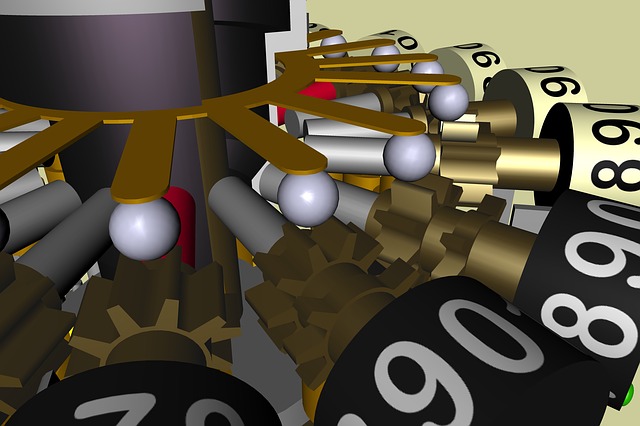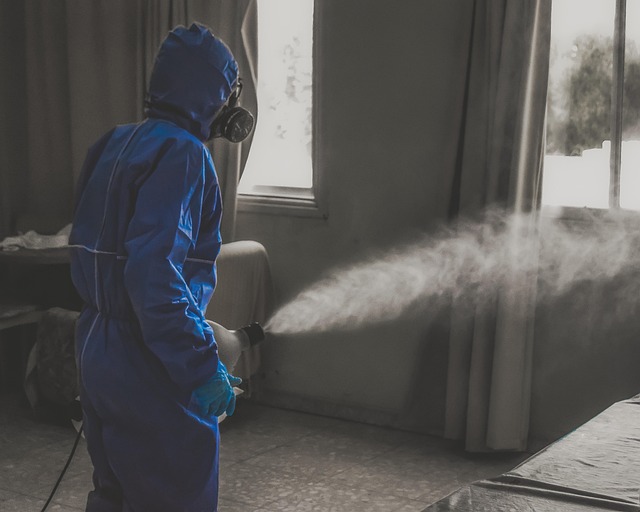When buying a hazmat training simulator, prioritize defining specific training needs, considering realism levels and customization, ensuring regulatory compliance, and future scalability for cost-effective hazardous materials management. Choose spill props mimicking real hazards to enhance emergency preparedness. Prioritize safety with models featuring realistic props, sensors, and feedback systems for controlled risk mitigation and personalized learning.
Looking to enhance your emergency response team’s preparedness with immersive training? Consider an order for a fire training tank equipped with realistic Hazmat spill props. This comprehensive guide delves into the essential aspects of acquiring a Hazmat Training Simulator, from understanding specific requirements to selecting life-like spill scenarios and integrating safety features that prioritize learning. Discover how to buy hazmat training simulator solutions for effective, engaging emergency preparedness.
- Understand Hazmat Training Simulator Requirements
- Select Realistic Spill Props for Immersion
- Integrate Safety Features for Effective Learning
Understand Hazmat Training Simulator Requirements

When considering a purchase for a Hazmat Training Simulator, understanding your requirements is crucial. These simulators are designed to provide realistic scenarios for emergency responders to practice their skills in a controlled environment. Before buying, identify specific training needs—whether it’s for chemical spills, hazardous material incidents, or oil refinery emergencies. Different simulators offer varying levels of realism and customization options, catering to diverse training objectives.
Additionally, ensure the simulator aligns with your organization’s regulatory compliance standards and includes necessary features like advanced spill prop replication, precise environmental controls, and decontamination modules. A quality Hazmat Training Simulator should enhance learning outcomes, prepare responders for real-world challenges, and be easily scalable for future training needs—all while offering a cost-effective solution for your organization’s hazardous materials management program.
Select Realistic Spill Props for Immersion

When ordering a fire training tank, one crucial element to consider is selecting realistic spill props for immersive practice. These props can significantly enhance the effectiveness of your hazmat training simulator, allowing trainees to experience scenarios that closely mirror real-world emergency situations. Look for spill prop materials and designs that accurately replicate hazardous substances, such as industrial chemicals or flammable liquids, to ensure a comprehensive learning environment.
Choosing the right props offers a multi-faceted advantage. It not only increases the realism of your training but also helps in developing quick decision-making skills. Trainees can learn to assess risk levels, don protective gear, and respond appropriately when confronted with various spill scenarios. This practical experience is invaluable, especially for first responders who need to act swiftly and confidently during actual hazardous incidents.
Integrate Safety Features for Effective Learning

When purchasing a fire training tank, prioritizing safety features is paramount to ensure an effective learning environment. Look for models equipped with realistic spill props that mimic hazardous materials, allowing trainees to practice containing and managing spills while minimizing true risks. Advanced simulators often incorporate sensors and feedback systems to provide real-time data on performance, enhancing the learning experience.
These safety-focused features not only protect participants but also enable instructors to tailor training scenarios based on individual progress. Investing in a hazmat training simulator with these integrations ensures that trainees gain valuable skills while operating within controlled, secure parameters.






